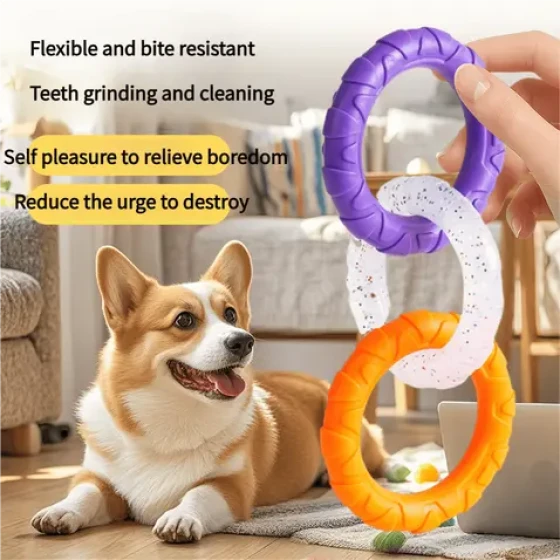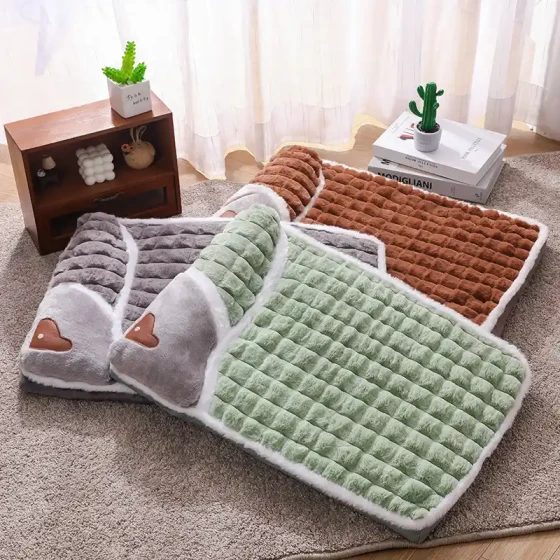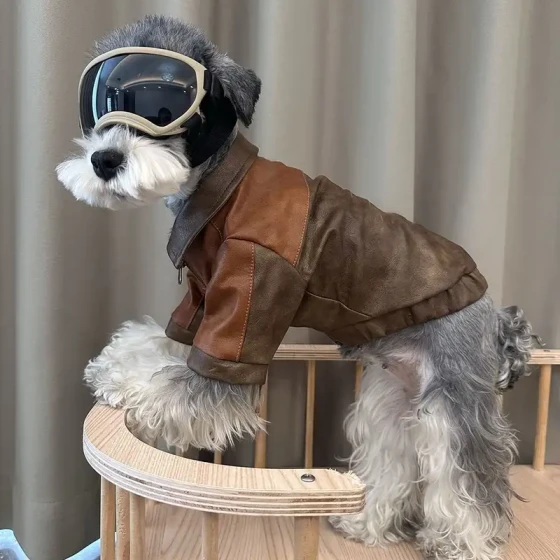Basic Knowledge of Dog and Cat Dentistry
With increased awareness of diseases among owners, dental diseases of beloved pets have received more attention. Therefore, understanding basic dental knowledge and timely communication with the pet’s attending veterinarian is indispensable for owners.
1. Normal Number of Teeth
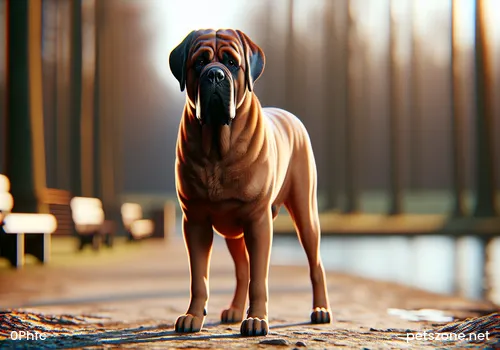
Normal adult dog teeth count, upper jaw (each side has 3 incisors, 1 canine, 4 premolars, 2 molars)

Normal adult dog teeth, lower jaw (incisors 3, canine 1, premolars 4, molars 3) so an adult dog normally has 20 upper jaw teeth, 22 lower jaw teeth, a total of 42 teeth.

Normal adult cat upper jaw (each side has 3 incisors, 1 canine, 3 premolars, 1 molar)

Normal adult cat lower jaw (3 incisors, 1 canine, 2 premolars, 1 molar)
Therefore, cats have 16 teeth in the upper jaw, 14 teeth in the lower jaw, totaling 30 teeth. Kitten teeth are upper jaw incisors 3, canine 1, premolars 3, molars 0; lower jaw has 3 incisors, canine 1, premolars 2, totaling 26. Puppy teeth are upper jaw incisors 3, canine 1, premolars 3, molars 0; lower jaw incisors 3, canine 1, premolars 3, molars 0, totaling 28. The number of teeth in young animals differs from adults.
2. Growth Time of Each Tooth

Dog teeth growth time: tooth replacement starts from 3 months. Cat teeth growth time: tooth replacement starts from 3 months. The time of tooth replacement helps roughly determine the animal’s age.
3. Dental Anatomy

(Alveolarbone alveolar bone mucogingivaljuction mucogingival junction pulpchamber pulp chamber dention dentin gingivalsulcus gingival sulcus cementoenameljunction cementoenamel junction cementum cementum periodontalligament periodontal ligament nasalcavity nasal cavity)
4. Correct Occlusion Method

Dog basic occlusion pattern: dogs. The lower jaw canine is behind the upper jaw canine.
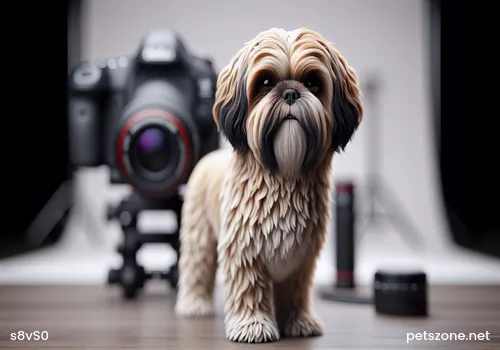
Cat basic occlusion pattern: front side (improved Triadan system divides the oral cavity into 1-4 quadrants, viewed clockwise from the right upper jaw to the right lower jaw. Using this system, the right upper jaw incisors are numbered 101, 102, and 103. Canines end with digit 4 (104, 204, 304, and 404), first molars end in 9 (109, 209, 309, 409). Deciduous teeth are numbered similarly, each quadrant starting with 5, 6, 7, and 8.)
5. Dental Record Form

Dental record form for dogs, example with different charts. The dental record form is filled during dental examinations, detailing the health status of each tooth.
6. Dental Examination
A periodontal probe is used to explore the periodontal pockets. The tip of the probe enters the gingival sulcus, slowly circling the tooth to measure pocket depth. Most oral examination records document measurements from 4-6 sites per tooth. Records measure vertical depth and mid-lip/cheek side and mid-lingual/palatal side. Normal pocket depth is less than 3mm for dogs and less than 1mm for cats. Depths beyond normal indicate periodontal disease. False pockets are caused by root proliferation (commonly seen in Boxers). Root recession can also be measured with the periodontal probe. The probe handle can check tooth mobility by gently applying pressure to confirm looseness.
Periodontitis index ranges from 0~3, 0 is healthy gums; 1 is mild inflammation characterized by swelling and redness of the root margin; 2 is moderate inflammation, bleeding when probing the root; 3 is severe periodontitis, spontaneous bleeding upon slight touch.
Calculus index scoring: mild periodontitis has a small amount of calculus on root margins, moderate periodontitis has calculus both supragingival and subgingival, severe periodontitis has most tooth surfaces covered by calculus. Although calculus itself does not necessarily cause periodontal disease, its rough surface exacerbates the condition.
If animals suffer from severe periodontal disease and probing reveals deep pockets, and the veterinarian suspects extensive bone resorption, X-rays of the severely infected area should be taken to confirm the integrity of the alveolar bone and whether pathological fractures have occurred. Additionally, X-rays should be taken before periodontal scaling and polishing.

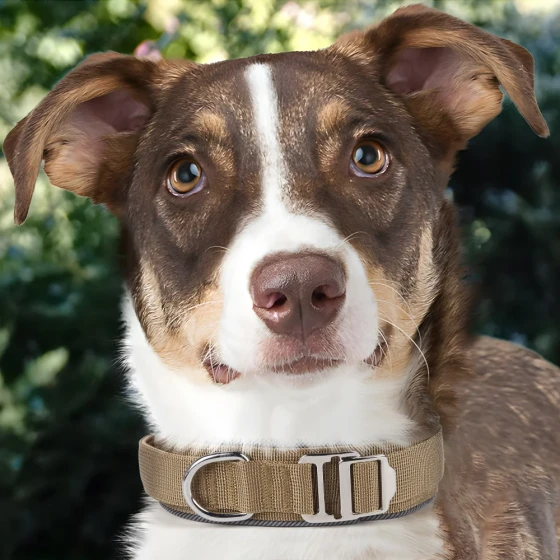
-560x560.webp)
